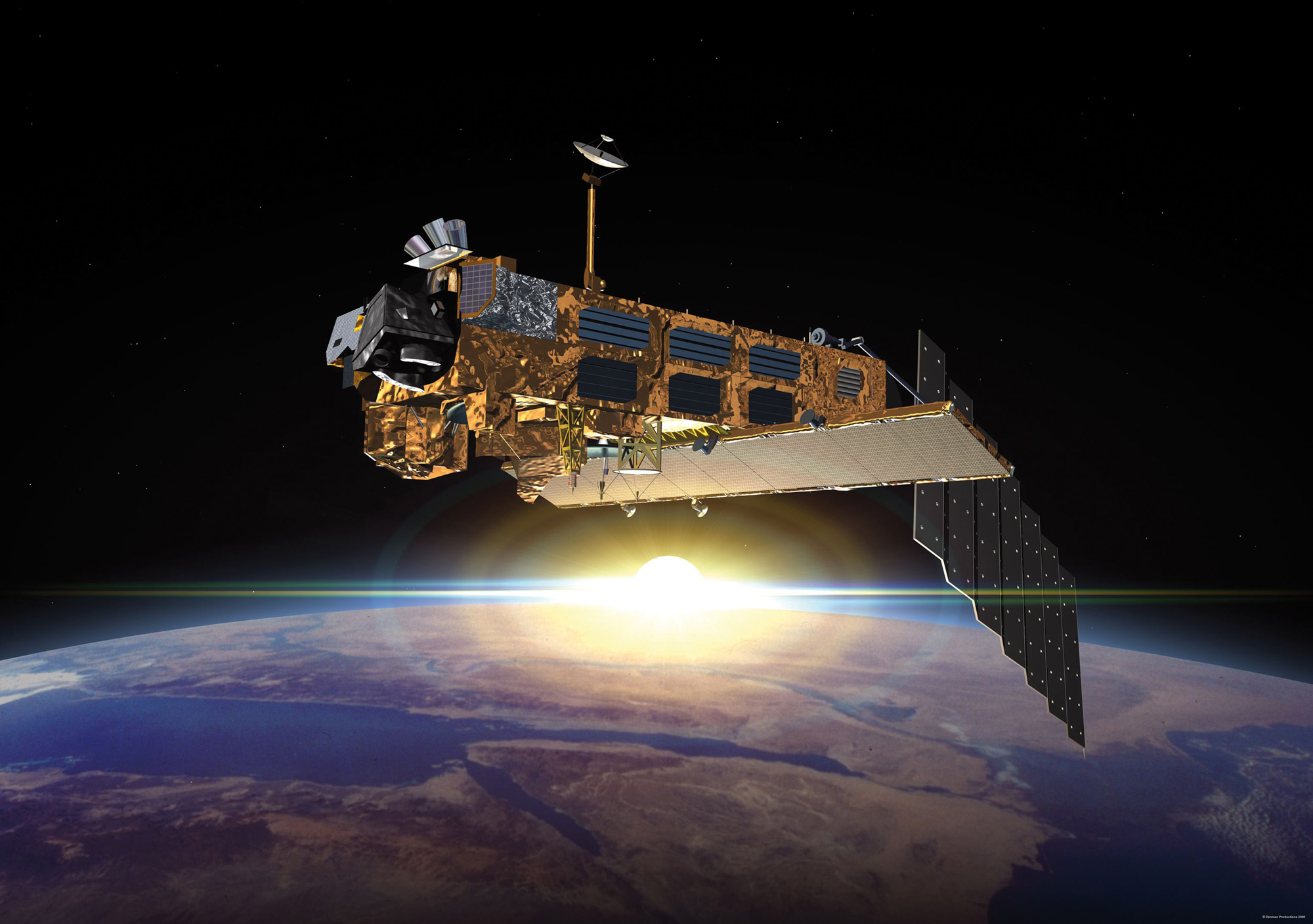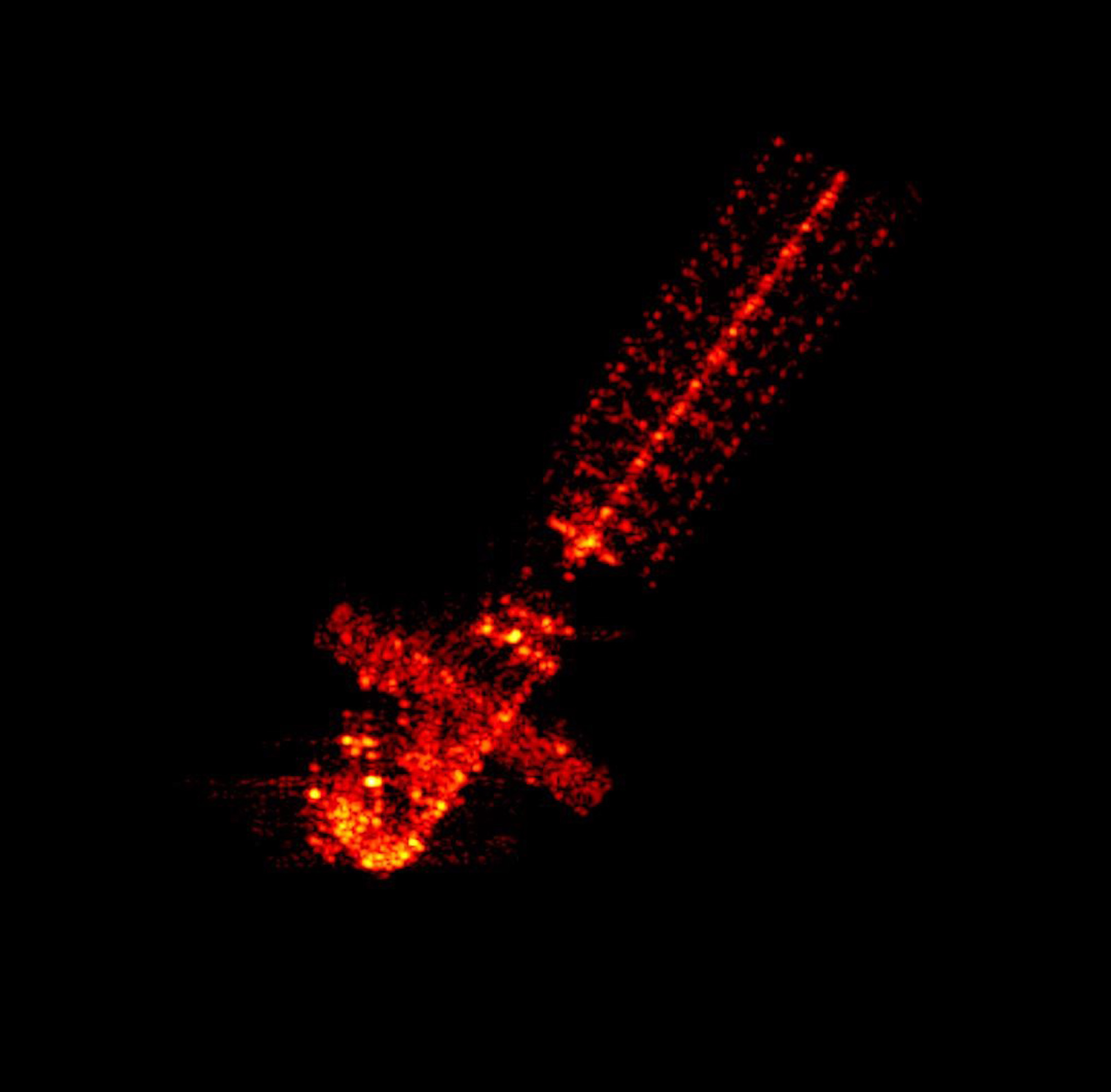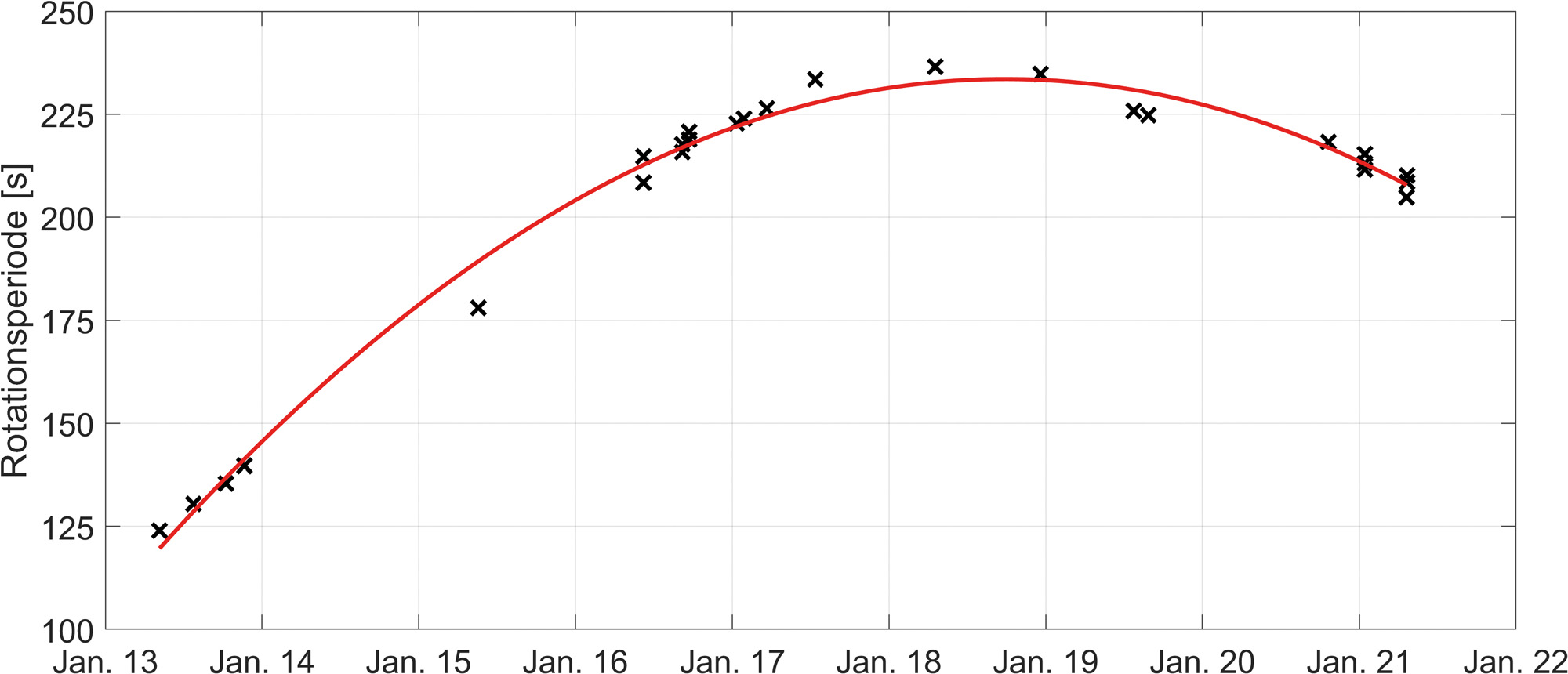Despite all expectations
The European satellite ENVISAT lost contact with Earth in 2012. Since then, it has been spinning in a popular orbit – with decreasing rotational speed, as the scientific community assumed. But measurements by Fraunhofer FHR show that it has been spinning faster and faster again since 2018.



How are the climate, oceans and land areas, or more precisely the Earth’s ecosystem, changing? This was to be monitored by the European satellite ENVISAT, which was launched into space by ESA in 2002. At a total cost of 2.3 billion euros, it was ESA’s most expensive satellite to that date and the largest Earth observation satellite ever launched into orbit. For more than ten years, it performed its service as intended, but in 2012 contact was lost. Since then, ENVISAT has been whirring uncontrolled through space as junk. What led to the loss of contact remains unexplained. Subsequent investigations, however, revealed an interesting fact: The satellite began to rotate, and at an accelerating rate. In 2013, however, the rotation speed decreased again. Experts agreed that this trend would continue in the future.
With ENVISAT, ESA has not only lost an expensive satellite but also created one of the statistically most dangerous debris: While the first 20 places in the ranking are occupied by rockets, ENVISAT, which weighs about eight tons, is right at the top of the list of satellites at number 21. This is more difficult because it currently orbits at an altitude of 765 kilometers – in a sun-synchronized orbit in which an extremely large number of satellites are bustling around. However, in order to be able to grab ENVISAT with another satellite and move it out of the way, its rotation speed must be known precisely.
The predictions do not hold!
But – this is what researchers at Fraunhofer FHR discovered in 2019 during sporadic measurements: the predictions of the steadily decreasing rotation speed do not apply. Measurement campaigns in 2020 and 2021 confirmed the surprising result: the rotation is actually getting faster again. At the beginning of 2013, the satellite was spinning at its fastest, at about three degrees per second. Thus, the satellite needed 120 seconds for one rotation. In 2018, it was only spinning at half speed, with a full 240 seconds elapsing during one rotation. In the first half of 2021, however, it managed to do so in just 210 seconds – a significant difference. Since then, the satellite has been steadily accelerating.
The researchers used the TIRA radar system for their investigations. When the satellite appears on the horizon and flies overhead in the sky, the L band target tracking radar tracks it until it disappears from sight after ten to 15 minutes. During the tracking, the Ku band radar acquires data for imaging. With the data collected, the researchers created ISAR images, short for »Inverse Synthetic Aperture Radar.« In this process, two physical quantities create an image plane: first, the round trip time of the transmitted radar pulses, and second, the Doppler shift induced by the object’s own rotation. In order to scale the images correctly – and to be able to calculate the rotation speed over a longer period of time – the researchers take advantage of the fact that they know the geometry and size of the satellite. By assigning individual points of this 3D model to points in the ISAR images, they can calculate the intrinsic rotation of the satellite – and in turn convert the measured Doppler frequencies into a length. In other words, they project the 3D model onto the ISAR images and thus obtain correctly scaled images.
But what caused ENVISAT to lose contact with the Earth and start spinning?
This question cannot (yet) be answered. Usually satellites are stabilized with flywheels. Could the energy of these flywheels have been transferred to the satellite by friction effects? Probably not, because this would not explain the high rotation speed. It is also unclear why the rotation slowed down again. Maybe this can be traced back to eddy current induced by the Earth’s magnetic field in the satellite? Also, the Earth’s gravity could be affecting the satellite’s axis of rotation. Another possibility lies in the Yarkovsky-O’Keefe-Radzievskii paddack effect. This originally refers to asteroids – their rotational properties are altered by thermal radiation from the sun.
The researchers at Fraunhofer FHR have now tried to track down the cause of the renewed increase in rotational speed: They investigated whether a connection could be found with solar activities since 2018, for example with eruptions on the solar surface. But here, too, no cause could be found. What is certain, however, is that the satellite is spinning faster again – and the cause is still being tracked down.